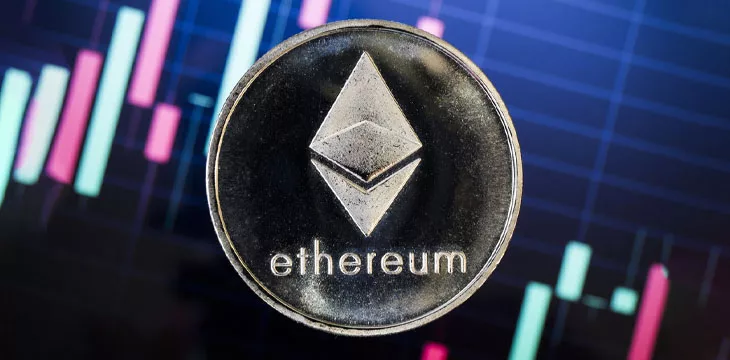Blitz News Digest
Stay updated with the latest trends and insights.
ETH and the Mythical Ethereum Unicorn
Discover the truth behind ETH and the legendary Ethereum Unicorn! Unveil secrets, myths, and the future of crypto in this captivating read!
Understanding the Basics of ETH: What Makes Ethereum Unique?
Ethereum is a decentralized platform that enables developers to build and deploy smart contracts and decentralized applications (dApps). Unlike Bitcoin, which primarily serves as a digital currency, Ethereum's primary focus is on facilitating complex programmable transactions. This unique functionality is powered by its native cryptocurrency, Ether (ETH), which is used to fuel transactions and computational services on the network. By leveraging a unique consensus mechanism and a robust blockchain architecture, Ethereum stands out for its ability to execute code and automate agreements between parties, eliminating the need for intermediaries.
One of the most distinguishing features of Ethereum is its support for a wide range of standards and protocols, particularly the ERC-20 and ERC-721 tokens. These standards allow developers to create various types of tokens, including fungible tokens (ERC-20) and non-fungible tokens (ERC-721), which have become essential in the realms of finance, gaming, and digital art. Additionally, Ethereum's community-driven ecosystem empowers developers to collaborate, innovate, and continuously improve the platform, thus driving its adoption and promoting a vibrant marketplace for decentralized applications.

The Ethereum Unicorn: Myths and Realities Behind Decentralized Finance
The rise of Ethereum has led to the emergence of the so-called 'unicorns' within the realm of Decentralized Finance (DeFi). These unicorns represent startups and projects that have achieved a billion-dollar valuation, fueled by the innovative possibilities that Ethereum's blockchain offers. However, amidst the hype surrounding these projects, several myths have developed. For instance, many believe that investing in DeFi automatically guarantees high returns, resulting in a rush that overlooks essential factors like project fundamentals and market volatility. As the landscape evolves, understanding both the allure and the potential pitfalls is vital for any investor.
On the other hand, the reality of DeFi on Ethereum is more nuanced. While innovative financial solutions such as yield farming, lending platforms, and synthetic assets are revolutionizing how we perceive finance, not all projects are created equal. Many have faced significant challenges, including security vulnerabilities and regulatory scrutiny. As Ethereum continues to evolve, it’s crucial to sift through the noise and focus on projects that provide genuine value and sustainable growth. In essence, the promises of DeFi can be profound, but they require informed decision-making to navigate successfully.
Is Ethereum the Future of Digital Currency? Exploring Its Potential
As the world increasingly shifts towards digital solutions, many are asking, is Ethereum the future of digital currency? Ethereum stands out not just as a cryptocurrency, but as a versatile platform that enables developers to build decentralized applications (dApps) and smart contracts. Unlike Bitcoin, which primarily serves as a store of value, Ethereum's blockchain technology allows for complex transactions and programmable contracts, making it an essential part of various sectors, from finance to gaming. This adaptability positions Ethereum to potentially lead the digital currency revolution, as it broadens the scope of what cryptocurrencies can achieve.
Furthermore, the rising popularity of decentralized finance (DeFi) and non-fungible tokens (NFTs) has sparked interest in Ethereum's capabilities, further enhancing the question of is Ethereum the future of digital currency? With its recent upgrades aimed at improving scalability and reducing energy consumption, Ethereum is steadily addressing its previous criticism regarding transaction speeds and environmental impact. The growing adoption of Ethereum-based solutions, coupled with ongoing innovations within its ecosystem, suggests that Ethereum will play a crucial role in shaping the future of digital transactions, potentially establishing it as the dominant force in digital currency.